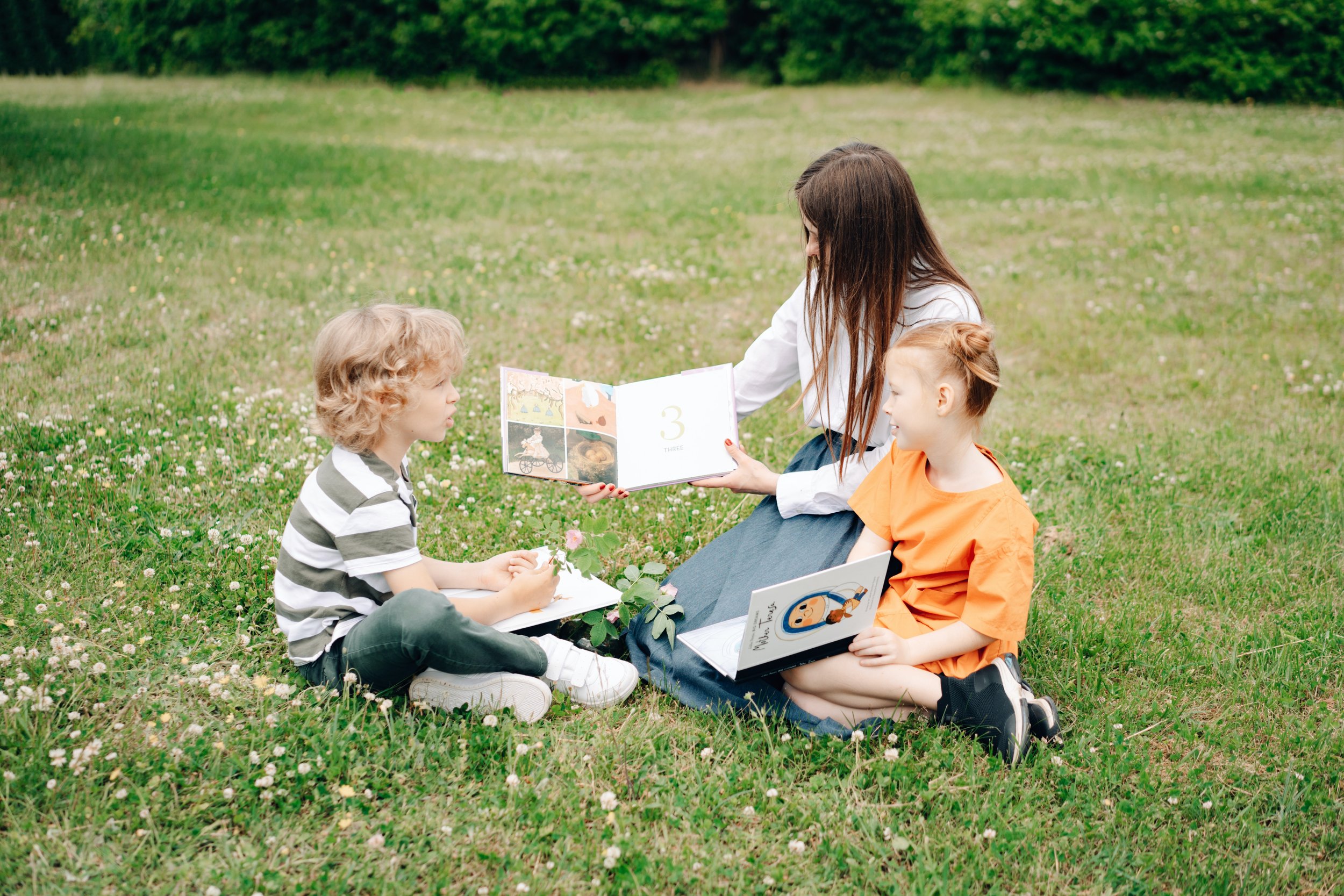¡Aprende Español! How to Start Teaching Spanish to Your PreK Child
Hola, wonderful parents and caregivers! Have you ever dreamed of raising a bilingual child, unlocking the doors to a world of culture, connection, and countless opportunities? Well, you're in for an exciting journey because today, we're diving into the world of teaching Spanish to your PreK child.
1. Begin with the Basics
Our Spanish adventure starts with the basics. Teach your child simple greetings like "Hola" (hello), "Adiós" (goodbye), "Por favor" (please), and "Gracias" (thank you). These are the building blocks of any language and provide an excellent starting point.
2. Explore Numbers and Colors
Numbers and colors are not only fun to learn but also essential for everyday communication. Count objects around the house in Spanish and identify colors. "Uno, dos, tres..." and "Rojo, verde, azul..." can become part of your daily routine. Flashcards are recommended but using real life situations is what will ultimately build a powerful learning experience.
3. Introduce Everyday Phrases
Incorporate Spanish into daily activities. Teach your child phrases like "Tengo hambre" (I'm hungry), "Me gusta jugar" (I like to play), and "Es la hora de dormir" (It's bedtime). This helps your child associate Spanish with real-life situations.
4. Dive into Storytime
Reading is a fantastic way to learn a new language. Start with bilingual books or simple Spanish stories for children. Point to pictures and repeat words together. Encourage questions and discussions about the story.
Photo by Mikhail Nilov
5. Sing Spanish Songs
Children love music, and songs are a fantastic language-learning tool. Find Spanish nursery rhymes or songs and sing along. You'll be amazed at how quickly your child picks up new words and phrases through music.
6. Embrace Language Learning Program
There are many active-learning language programs designed for kids (Including HomeschoolToGo). We vouch for those which make language learning engaging and playful. We use games and projects as the medium for learning the language through immersion.
7. Create a Language-Rich Environment
Label objects around the house with their Spanish names. For example, put a "puerta" (door) label on the door or a "mesa" (table) label on the table. This visual reinforcement helps your child connect words with objects.
8. Engage in Cultural Activities
Learning a language is not just about words; it's about culture too. Explore Spanish-speaking countries' traditions, holidays, and cuisine. Cook a simple Spanish dish together or celebrate a Spanish holiday.
Photo by Mikhail Nilov
9. Encourage Conversations
Engage in simple conversations with your child in Spanish. Ask questions like "¿Cómo estás?" (How are you?), and encourage your child to respond. Keep the conversations light and enjoyable.
10. Be Patient and Consistent
Learning a new language takes time, so be patient. Celebrate your child's efforts and milestones along the way. Consistency is key, so try to incorporate Spanish into your daily routine.
¡Comencemos! (Let's Begin!)
Photo by Tima Miroshnichenko
Teaching Spanish to your PreK child is a remarkable gift that opens doors to cultural diversity and enriching experiences. Remember, you don't need to be a fluent Spanish speaker to start this journey; your enthusiasm and willingness to learn together are what truly matter.
If you're excited about nurturing bilingualism and exploring more ways to make language learning fun and effective, consider joining our HomeschoolToGo program!
If your Spanish is not perfect yet, you will find comfort in joining the dozens of families in our program who are leading their children through example! It is never too late to learn!
Subscribe today to embark on a bilingual adventure that will enrich your child's life as much as yours.
¡Hasta pronto! (See you soon!)
Houlie :)





